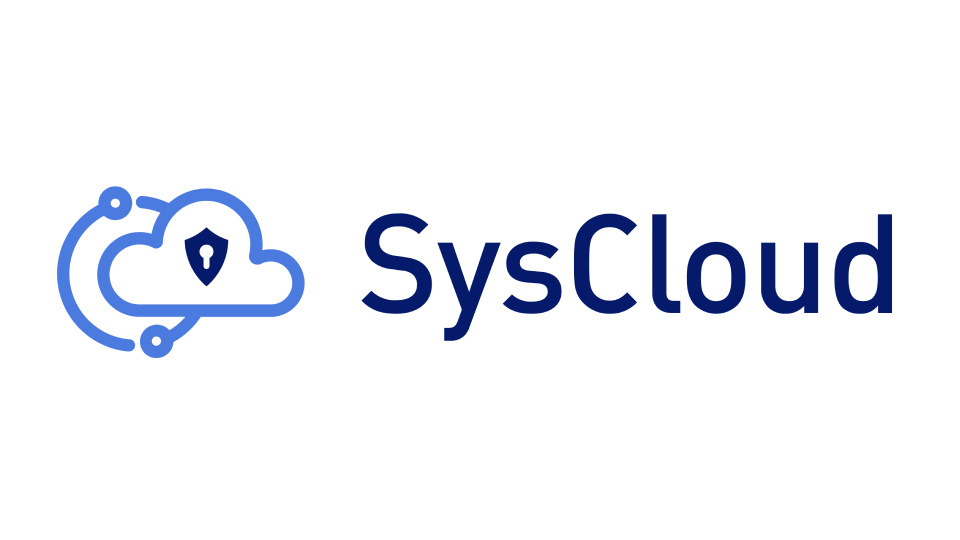Salesforce Backup & Recovery: Everything You Need To Know (FAQs)
Why Is Backup For Salesforce Important?
Organizations often rely heavily on Salesforce to manage customer data and sales pipelines. However, despite offering many security features, Salesforce has no obligation to ensure this data is protected, and so, ensuring your data is properly backed up is, ultimately, the responsibility of your organization.
As more businesses move to rely on cloud SaaS applications, such as Salesforce, the risk of data loss is becoming more common. Market analysts Garter have predicted that 70% of businesses will likely suffer unrecoverable data loss in a SaaS application at some point.
How Does Data Loss Happen?
Data loss can commonly occur if:
- Admins are making changes to large amounts of records in one-go, increasing the risk of accidental issues
- Rogue automations cause data to be loss of corrupted
- Account compromise attacks cause data to be lost or unreadable
- Service provider outage or downtime occurs
An important consideration to make is compliance. The cloud is an extension of your own organization’s operating environment, and data you store in cloud applications like Salesforce is data you are responsible for. Backup and recovery solutions for Salesforce will help to ensure this data is protected according to industry and general privacy regulations.
Does Salesforce Offer Its Own Backup Solution?
Salesforce does offer its own native backup solution: Salesforce Backup and Restore. This is a paid add-on to the Salesforce service which can restore data in the event of data loss and ensures compliance.
However, many third-party solution providers argue that having data in a secure, third-party provider allows organizations to have more control over their data. This also ensures that data can be accessed in the event of a service provider outage.
Some providers also offer backup for multiple SaaS applications in one solution, offering a potential for longer term cost-savings over using tool specific backup solutions.
Third party solutions can be more comprehensive and fully featured than Salesforce’ – some will offer protection for both data and metadata (data around configuration, custom fields etc.,).
How Do Salesforce Data Backup And Recovery Solutions Work?
Salesforce backup solutions are typically deployed via API, and take automated, daily backups of Salesforce data and metadata. This is a straightforward, but essential, process as it ensures Salesforce data is kept secure from accidental deletion or user error.
Solutions may vary on where the data is stored with some offering on-premises storage, while others use cloud storage solutions like AWS. This ensures there is an ‘air-gap’ between the original Salesforce data, and the backup, to ensure data is secure.
What Are The Main Types Of Backup?
There are three types of backup that can be performed: full, differential, and incremental.
As you might expect, a full backup will make a copy of every single piece of data on your network. This complete copy is carried out, regardless of any previous backup or contextual circumstances.
- Comprehensive copy of data
- High amount of storage required
- Most time intensive form of backup
Differential backups combine full backups, with more regular ‘top up’ backups. After an initial, full backup, a differential backup will record any changes made since the initial full backup. When carrying out a second differential backup, again, everything changed since the full backup will be recorded.
- A full system can be restored from just two backups
- Low to medium storage is required, although this amount increases until another full back up is performed
- Backups can be captured quickly
Incremental backups are similar to differential backups, except that they record the changes made since the previous incremental backup. This means that in order for a complete data restore, you may need multiple backups, although these backups themselves tend to be small in size.
- A full restore requires multiple backups to be collated – this results in a slower restoration speed
- Backups are quick to perform and require relatively little storage space
- You have no duplicated files with this type, making it as efficient as possible

















